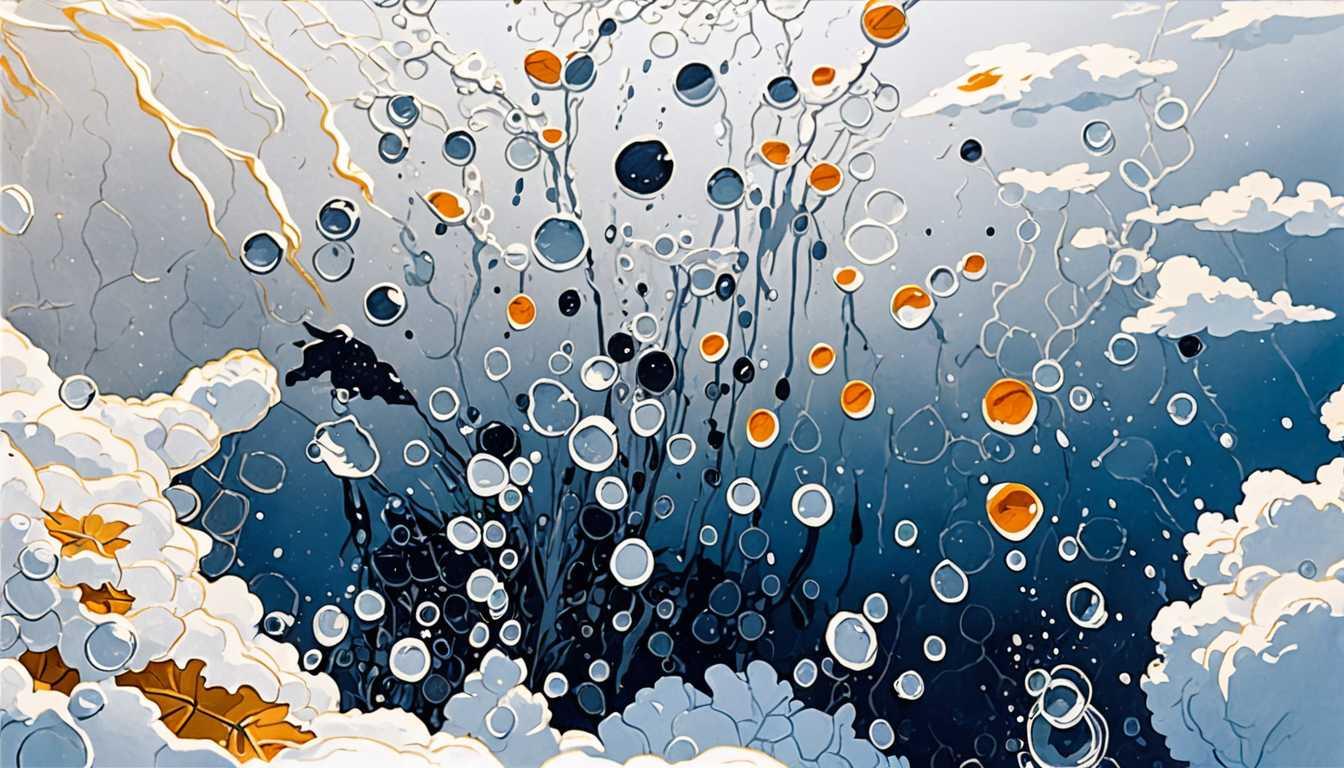Boiling Water Beats Microplastics
March 2024
Smithsonian Magazine
Introduction
Dive into the surprising world of microplastics with Smithsonian Magazine's eye-opening article! Discover how boiling your tap water might just be the superhero trick we need to zap 80% of those sneaky microplastics away. Who knew that a simple kitchen act could be your shield against a modern pollutant? Get the full scoop and maybe impress your science teacher too!
READ FULL ARTICLEWhy It Matters
Discover how this topic shapes your world and future
Unraveling the Microscopic Menace
You might not see them, but microplastics are everywhere! From the deepest oceans to the highest mountains, these tiny plastic particles are making their way into animals, humans, and even the water you drink. The study discussed here reveals a surprisingly simple method to significantly reduce microplastics in tap water just by boiling and filtering it. This is crucial because it offers a practical solution to reduce our intake of microplastics, which could be harmful to our health. Knowing how to purify your water at home not only empowers you to take care of your health but also sparks a broader conversation about global environmental issues and the innovative ways we can tackle them. This topic could inspire you to think about how everyday actions contribute to big environmental challenges and solutions.
Speak like a Scholar
Microplastics
Small plastic pieces less than five millimeters long which can be harmful to our ocean and aquatic life.
Anthropocene
A proposed geological epoch that highlights the significant impact humans have had on Earth’s geology and ecosystems.
Nano Plastics (NMPs)
Extremely small microplastic particles that are often even more challenging to detect and remove from the environment.
Calcium Carbonate
A common substance found in rocks, and the main component of shells of marine organisms, snails, and eggs. It's what makes some tap water "hard."
Limescale
A hard, chalky deposit, mainly calcium carbonate, that often builds up in kettles, boilers, and pipes when hard water evaporates.
Encrustant
A layer of crust formed by minerals (like calcium carbonate) that can trap microplastics during processes like boiling.
Independent Research Ideas
The Role of Household Appliances in Microplastic Reduction
Investigate how different household appliances like kettles, coffee makers, and filters could be optimized to reduce microplastic content in water.
Comparative Study of Microplastic Levels in Bottled vs. Tap Water
Explore the microplastic content in various brands of bottled water compared to boiled and filtered tap water.
Health Implications of Microplastics
Conduct a study on the potential health effects of long-term exposure to microplastics, focusing on their presence in human tissues like placentas and arteries.
Environmental Impact of Microplastics in Marine Ecosystems
Examine how microplastics affect marine life, particularly focusing on their ingestion by seabirds and their presence in deep-sea environments.
Global Hardness Levels and Microplastic Trapping Efficiency
Research how the hardness level of water in different regions affects the efficiency of microplastic trapping through methods like boiling.
Related Articles

Chemicals That Never Leave
May 2023
Harvard University

Greenhouse Gas to Gold: Cornell's Magic
October 2023
Cornell University

Tracing Ozone: Our Impact on the Skies
August 2024
MIT News

CO2 Boosts Airborne Virus Lifespan
April 2024
University of Bristol

Uncorking the Science of Nonalcoholic Wine
September 2022
Smithsonian Magazine